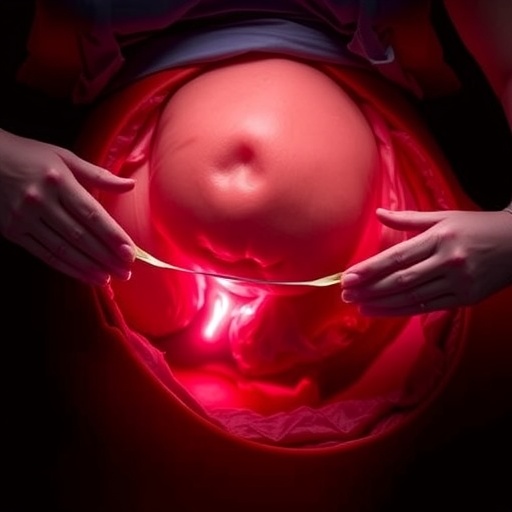Fukuoka, Japan—Researchers at Kyushu University have developed a new tool to help clinicians and researchers assess individuals for pathological social withdrawal, known as Hikikomori. The tool, called Hikikomori Diagnostic Evaluation, or HiDE, can be a practical guide on collecting information on this globally growing pathology.

Credit: Kyushu University/Kato Lab
Fukuoka, Japan—Researchers at Kyushu University have developed a new tool to help clinicians and researchers assess individuals for pathological social withdrawal, known as Hikikomori. The tool, called Hikikomori Diagnostic Evaluation, or HiDE, can be a practical guide on collecting information on this globally growing pathology.
Hikikomori is a condition characterized by sustained physical isolation or social withdrawal for a period exceeding six months. It was first defined in Japan in 1998, and while thought to be a Japan specific ‘culture-bound’ syndrome, recent evidence has shown a marked growth of it worldwide. Researchers and medical professionals also fear that the recent COVID-19 pandemic has compounded the increase of hikikomori patients across the globe.
However, there is yet to be a standardized tool to identify the hikikomori pathology. The new HiDE assessment tool, developed by Associate Professor Takahiro A. Kato of the Graduate School of Medical Sciences published in World Psychiatry, is intended to be the next step in a transcultural tool to help identify and assess hikikomori individuals.
In 2013, the Kyushu University hospital established the world’s first outpatient clinic for hikikomori in the hopes to research the pathology and find better methods of treatment. Over the years, Kato and his team have developed different methods for early detection of hikikomori and has even been investigating possible biomarkers of the pathology.
“HiDE is a questionnaire we’ve been developing at our clinic at the University Hospital. We’ve refined it over the years, and today it takes roughly 5-20 minutes to complete depending on the answers,” explains Kato. “It’s primarily divided into two sections. The first section looks at the features of the patient’s behavior to see if they exhibit hikikomori. The second section is used to help us gain context to the patient’s extent of social withdrawal.”
The team has also added a screening form to the HiDE in case clinicians lack the time to administer the entire tool. They suggest that the full questionnaire be administered to patients who respond that they ‘spend one hour or less per day out of their home, at least three days a week’ and that ‘their family, others, or are personally bothered by this.’
“The HiDE has proven to be an indispensable tool for the structured assessment of pathological social withdrawal in our clinical practice and research. But more empirical studies must be done to assess its validity beyond our practice,” concludes Kato. “We would like to see this used by our colleagues around the world, so we can work to refine the tool. Hikikomori is becoming a global phenomenon, and a collective effort in recognizing and treating hikikomori is going to be vital.”
###
For more information about this research, see “The Hikikomori Diagnostic Evaluation (HiDE): a proposal for a structured assessment of pathological social withdrawal,” Alan R. Teo, Kazumasa Horie, Keita Kurahara, and Takahiro A. Kato World Psychiatry, https://doi.org/10.1002/wps.21123
About Kyushu University
Kyushu University is one of Japan’s leading research-oriented institutes of higher education since its founding in 1911. Home to around 19,000 students and 8,000 faculty and staff, Kyushu U’s world-class research centers cover a wide range of study areas and research fields, from the humanities and arts to engineering and medical sciences. Its multiple campuses—including one of the largest in Japan—are located around Fukuoka City, a coastal metropolis on the southwestern Japanese island of Kyushu that is frequently ranked among the world’s most livable cities and historically known as Japan’s gateway to Asia. Through its Vision 2030, Kyushu U will ‘Drive Social Change with Integrative Knowledge.’ Its synergistic application of knowledge will encompass all of academia and solve issues in society while innovating new systems for a better future.
Journal
World Psychiatry
DOI
10.1002/wps.21123
Subject of Research
Not applicable
Article Title
The Hikikomori Diagnostic Evaluation (HiDE): a proposal for a structured assessment of pathological social withdrawal
Article Publication Date
15-Sep-2023
COI Statement
The funders had no role in study design, data collection and analysis, decision to publish, or preparation of the manuscript.





